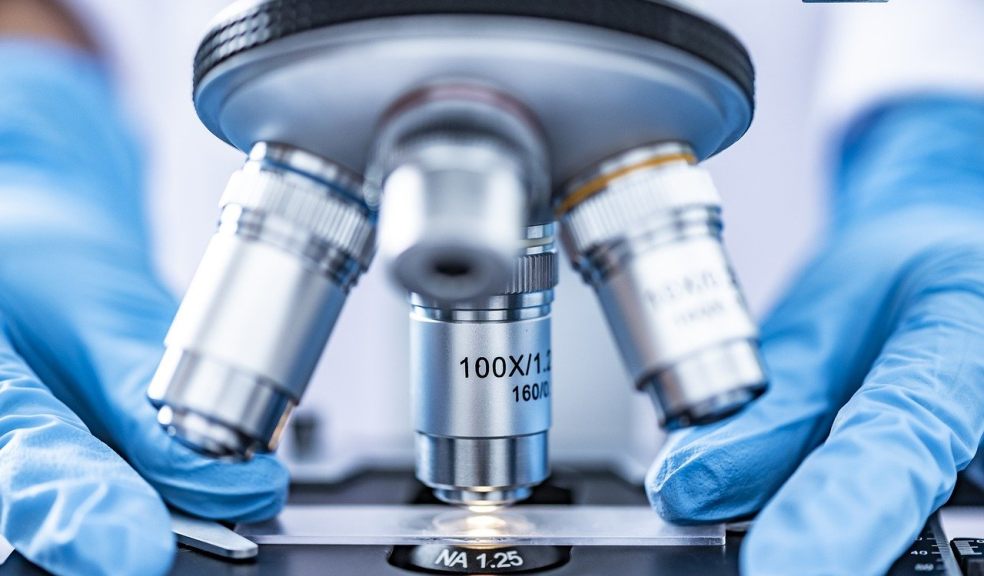
What is pathology? A brief guide
Documentation of disease began with ancient Egyptian medicine. Though, there is no one point where pathology began.
So, what is pathology? Well it is the study and diagnosis of disease.
Pathology contains many disciplines. These types depend on the types of disease studied and are also are determined by the method of study.
Read on to learn the main areas of pathology and what they mean.
What is Pathology?
Generally it is a broad field of study. It deals with finding out how the body responds to injury. It also includes how the body repairs itself after injury.
Included in general pathology are also anatomical and clinical pathology. A general pathologist uses lab analysis. They will know about diseases but are not specialists.
Anatomical Pathology
This field deals with the diagnosis and study of diseases using samples from bodies. These samples can be bodily fluids or tissues. They are looked at under a microscope for study.
This branch has three disciplines: histology, cytology, and forensic pathology. Histology studies bodily tissues and organs for disease. Cytology deals with bodily fluids and tissues at a cellular level.
Forensic pathology involves an autopsy to find out the cause of death. These pathologists begin assessing the external appearance. They then perform surgical procedures, like organ removal, to find internal injuries.
Surgical Pathology
Surgical pathology is the most significant branch of pathology. These pathologists examine tissues using the naked eye or a microscope. With surgery, they remove bodily tissues for the study and diagnosis of disease.
Digital Pathology
Pathologists have been examining tissues and fluids under a microscope for centuries. In 2017, the FDA approved the use of digital pathology. Pathologists can now analyze samples through virtual microscopy.
The introduction of this technology has improved the field of pathology. This new system digitizes slides instead of having physical slides. This allows faster retrieval of critical health information.
Clinical Pathology
Clinical pathology is also known as laboratory medicine. This discipline involves blood, urine, and tissue analysis to diagnose disease.
Chemical Pathology or Biochemistry
This branch of pathology examines all areas of disease. These pathologists find changes in blood and bodily fluids like proteins or hormones. These changes can show disease or risk of disease.
Genetics
There are three main areas of genetic study: cytogenetics, biochemical genetics, and molecular genetics. Cytogenetics analyzes chromosomal abnormalities using a microscope. Biochemical genetics searches for disease markers.
Molecular genetics searches for gene mutations. These mutations are analyzed with DNA technology. All these disciplines detect genetic illness.
Hematology
Hematology studies diseases affecting the blood. These can include bleeding disorders, clotting, and anemia. Another branch of hematology is transfusion medicine.
Transfusion medicine deals with blood typing and cross-matching for blood compatibility. It also has to do with managing large amounts of blood products.
Immunology
Immune function tests find potential allergic reactions in patients. There are also diseases from the immune system reacting abnormally to normal cells. This is an autoimmune disease.
Microbiology
This area of pathology deals with diseases caused by agents like bacteria and viruses. Also included in these agents are parasites and fungi. Samples of bodily fluid, tissue, or blood are tested to see if an infection is present.
Microbiologists are also involved in finding new species of microorganisms. They help control infection outbreaks and research problems like antibiotic resistance.
Pathology Explained
So, we’ve answered your question, “what is pathology?”. Are you interested in learning more about the health and technology world? Find another article that catches your eye!













